Watson & Company: Perfect partners
New York studio Watson & Company takes a collaborative approach to art direction that’s really paying dividends
In a small, but airy office on the campus of New York City’s Fashion Institute of Technology, William Richmond-Watson and senior designer Jonathan Pfeiffer work on ambitiously grand projects, bringing in teams that fluctuate as they venture into mediums as varied as brand and identity building to industrial and interior design. Richmond-Watson, creative director of Watson & Company, is a confident Brit who started the company after a stint in luxury and real-estate branding at leading NYC agency Pandiscio Co. He believes that – in spite of the economic climate – Watson & Company “is on the verge of something big”.
The studio specialises in bringing in fully thought-out teams for briefs, art-directing projects alongside creatives, designers and developers handpicked from Watson & Company’s vast and growing network. Recent jobs have included book, advertising and editorial design for the Jeff Koons’ Made in Heaven exhibition at the Luxembourg & Dayan gallery; a user interface, branding and industrial design project with startup Keo on a public phone-charging media platform; and the complete art direction on Target’s in-house fashion brand, Merona. Watson & Company is currently working on a socially conscious social network for young people.
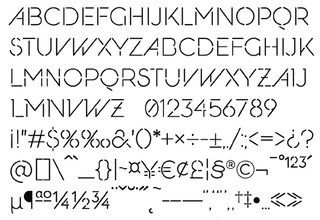
“It was a totally different way of working than compared to print – say, our David Adjaye book – which was an amazing project,” says Pfeiffer, who joined the company in 2008. “It’s more strategy-based than the more print-based stuff and slipcases, working with developers. It’s a total 180. What I really like about being a designer here is the fact that our studio is very diverse. We get to work on a lot of different clients and each time it’s fresh,” says Pfeiffer, who joined the studio in 2008. “Though William and I have radically different backgrounds, we complement each other as well – I would say he was an effectual thinker, and I was more casual.”
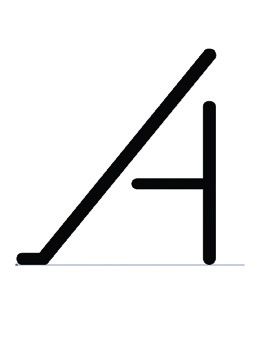
“There is definitely a studied design side to our approach,” Richmond-Watson adds. “But also we have reference points stemmed from contemporary art – or art in general. We are differentiated by our process, our collaborations with a broad array of people – from artists to artisans – and we try to build identities that stand the test of time. But, we want them to have edge; we want them to have something that sparks a dialogue, or that actually engages the viewer in greater terms than just recognition.”
The work – notable for its bold type, impactful logos and clear visuals – is always conceived in collaboration. This is key to the small firm’s success. “We always take a chance on freelancers, and meet around five or six people a week. If a person looks like a good fit for a current or upcoming project, or just if their work is very strong, they go into the database. It means that when we go in for a job we can bring the best people to the table.”
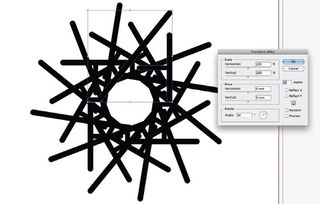
A recent packaging job for Bath & Bodyworks was commissioned on this premise. “We pretty much switched round the team at each stage of revisions, which was crazy in terms of administration, but it kept the work really fresh and interesting, and brought them something unexpected, which is what they were looking for.”
Risk-taking and openness are crucial elements of Watson & Company’s design process, but this spirit has occasionally led to problems – something that Richmond-Watson, who has a background in fine arts, readily accepts as part and parcel of his new entrepreneurial outlook. “We work for big firms, like Bath & Bodyworks and Target, and that has allowed us to work with other more interesting, scrappier startups. We like to get involved with them because it means getting to work on building the brand from the ground up, as opposed to trying to put a Band-Aid on it or just ‘fix’ something.
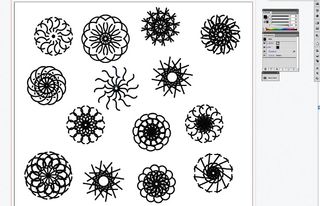
“The perfect example is the project we did with Keo, who had this interesting idea and were the first to really market it – a customer service, phone-charging kiosk. We were initially brought in to design the logo, and the management really liked us so they hired us to work with their UI team to design out the user interface for the touchscreen,” he says.”
“We saw a huge opportunity in building ad content for this tall vertical screen that sits on top of this thing. We were asked to design the kiosk itself, but one of the problems was that Keo partnered with a manufacturer that had no experience with this. We wanted to take it in a certain direction: we felt that it could have been achieved with an LCD screen and a couple of iPads – the other company either felt like they wanted to make more money by building a more complicated product, or they just didn’t understand that less is more. We made the best of it, but it was the wrong partnership.”
Pfeiffer says of his specific approach: “We try to design off the computer at first to start with our ideas. We work with our hands when possible – draw, sketch. I love making new fonts. If I would give advice to a fledgling designer today, I would say typography is crucial – it’s the first thing an art director notices aside from the concept.
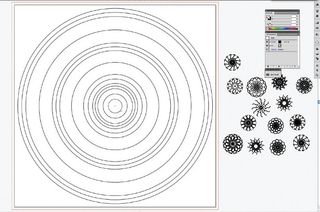
“We got into realising this necessity for Photoshop, where we comp up photographs of existing books and make them look like they were real in our presentations. It’s been a really powerful tool. We found a lot of the agencies we go up against just show flat design artwork, and we actually render out a full book in 3D, or render out an object so it’s truly believable and you can get a sense of it.”
So what’s next for Watson & Company? “We’re looking at the other agencies out there, and a lot of them are changing their model and going more into entrepreneurial ventures,” says Richmond-Watson. “They’re starting small brands, or collaborating more closely with them, becoming business partners and taking more of a vested interest. Because of this surge in communication across the board, people can find collaborators and designers really easily now – which is a plus for us. It means that the traditional agency model is being broken down,” he smiles. “In the future I hope we’ll brand and design for a new airline, the next international boutique hotel and the next frontier in space travel.”
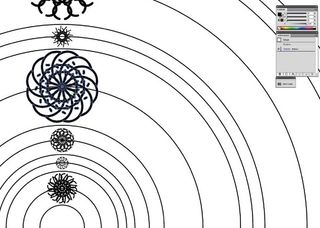

Thank you for reading 5 articles this month* Join now for unlimited access
Enjoy your first month for just £1 / $1 / €1
*Read 5 free articles per month without a subscription

Join now for unlimited access
Try first month for just £1 / $1 / €1
Get the Creative Bloq Newsletter
Daily design news, reviews, how-tos and more, as picked by the editors.
The Creative Bloq team is made up of a group of design fans, and has changed and evolved since Creative Bloq began back in 2012. The current website team consists of eight full-time members of staff: Editor Georgia Coggan, Deputy Editor Rosie Hilder, Ecommerce Editor Beren Neale, Senior News Editor Daniel Piper, Editor, Digital Art and 3D Ian Dean, Tech Reviews Editor Erlingur Einarsson, Ecommerce Writer Beth Nicholls and Staff Writer Natalie Fear, as well as a roster of freelancers from around the world. The ImagineFX magazine team also pitch in, ensuring that content from leading digital art publication ImagineFX is represented on Creative Bloq.
